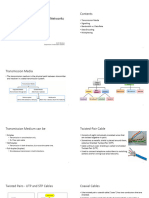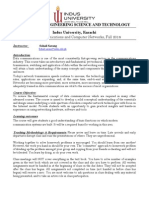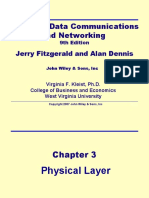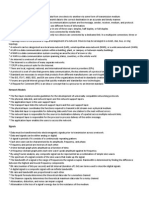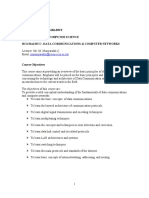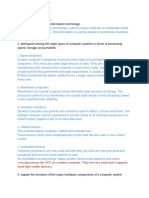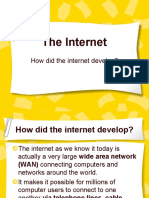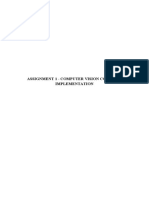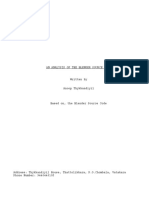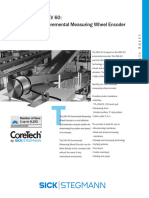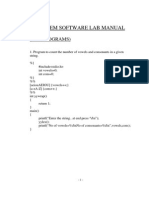0% found this document useful (0 votes)
48 views20 pagesCMP421 Data Communication Networks
CMP 421 is a course focused on data communication and network design, covering topics such as communication waves, transmission media, modulation techniques, and network structures. Students will learn to analyze channel characteristics and explore various transmission methods and protocols. The course emphasizes the importance of design considerations like scalability, reliability, and security in modern networks.
Uploaded by
Umar Ahmed SaniCopyright
© © All Rights Reserved
We take content rights seriously. If you suspect this is your content, claim it here.
Available Formats
Download as PPTX, PDF, TXT or read online on Scribd
0% found this document useful (0 votes)
48 views20 pagesCMP421 Data Communication Networks
CMP 421 is a course focused on data communication and network design, covering topics such as communication waves, transmission media, modulation techniques, and network structures. Students will learn to analyze channel characteristics and explore various transmission methods and protocols. The course emphasizes the importance of design considerations like scalability, reliability, and security in modern networks.
Uploaded by
Umar Ahmed SaniCopyright
© © All Rights Reserved
We take content rights seriously. If you suspect this is your content, claim it here.
Available Formats
Download as PPTX, PDF, TXT or read online on Scribd
/ 20

